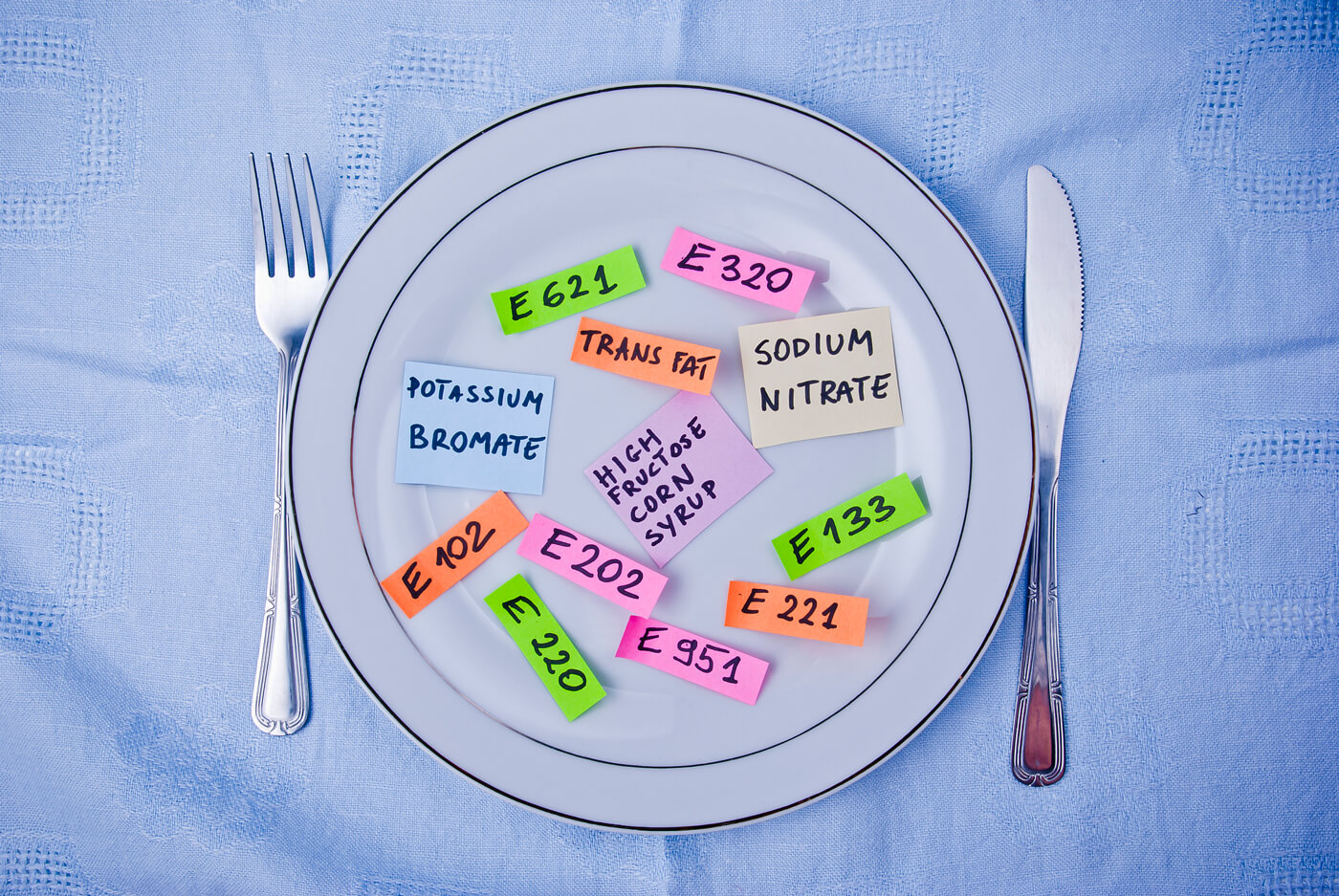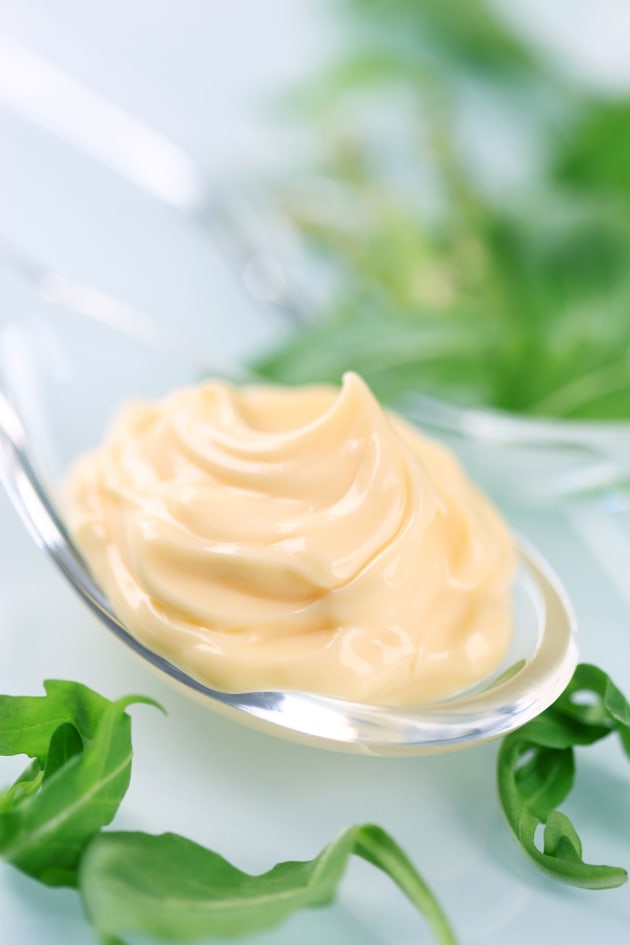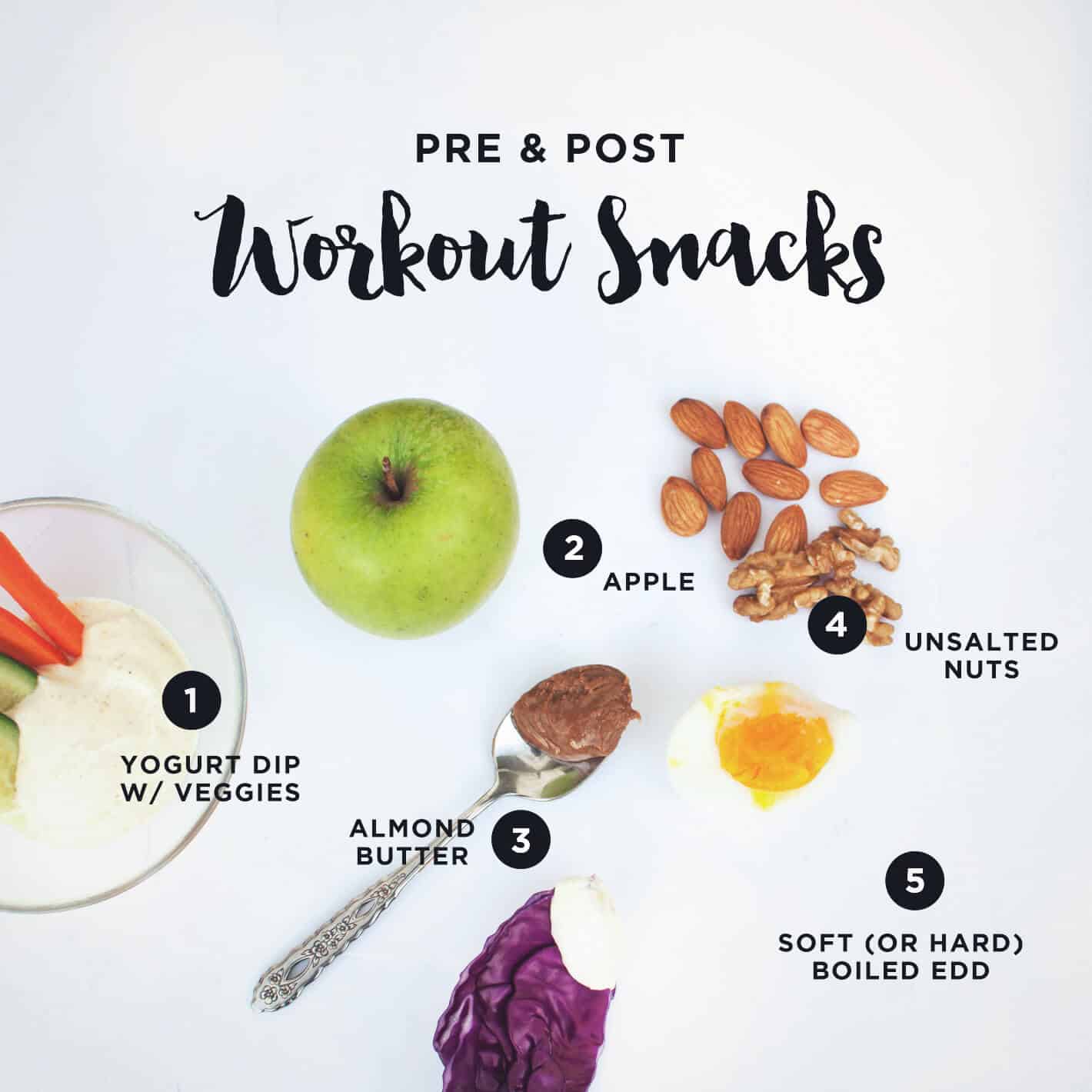45 what to avoid when reading food labels
Understanding food labels | Diabetes UK The information on the front of the pack also tells you how the portion of the food contributes to the Reference Intake (RI) of an adult. Try to choose foods with more greens and ambers and fewer reds. And, if the traffic lights aren't available, check the 'per 100g' column on the 'back of pack' nutritional label. Food labels - NHS Food labels. Nutrition labels can help you choose between products and keep a check on the amount of foods you're eating that are high in fat, salt and added sugars. Most pre-packed foods have a nutrition label on the back or side of the packaging. These labels include information on energy in kilojoules (kJ) and kilocalories (kcal), usually ...
Reading food labels: Tips if you have diabetes - Mayo Clinic Avoid unhealthy ingredients, such as excessive salt or added sugars, saturated fats, or hydrogenated or partially hydrogenated oil. Keep in mind that ingredients are listed in descending order by weight. The main (heaviest) ingredient is listed first, followed by other ingredients used in decreasing amounts. Consider carbs in context

What to avoid when reading food labels
Reading food labels to avoid food allergies and intolerances Reading food labels to avoid food allergies and intolerances. In Australia all packaged foods must include a food label. Food labelling is governed by Food Standards Australia New Zealand (FSANZ). Nutrition information is found in two places on a food label: the ingredient list and the nutrition information panel. Reading Food Labels? 5 Ingredients To Avoid Giving Your Children 5 Ingredients To Avoid When Reading Food Labels #1 - Artificial Colours. This is probably not a surprise to anyone - we know that artificial colours aren't great for... #2 - Artificial Sweeteners. Artificial sweeteners can be deceiving. You'll often find them in 'healthy' food products... #3 - ... Read Your Labels: The "Top Ten" Additives to Avoid: A Recap All in all, to purge HFCS from your diet, you need to read ingredient labels and reject all products containing this laboratory sweetener. Why you should avoid it: HFCS and high fructose consumption have been implicated in a variety of diseases and health problems, including heart disease, diabetes and weight gain.
What to avoid when reading food labels. Food Labels | CDC In general, eat more foods that are higher in vitamins, minerals (such as calcium and iron), and fiber. Eat fewer foods that are higher in added sugars, saturated fat, and sodium (salt), and avoid trans fat. Keep in mind that the % Daily Value of each nutrient, such as total fat of 10% in the example below, is based on eating 2,000 calories a day. 5 tips for decoding food labels - Harvard Health For a general healthful diet, keep saturated fat and cholesterol low and avoid trans fats altogether. Look for foods that have 0 grams (g) of trans fat and are lowest in saturated fat and cholesterol. Try to stay away from foods that have the words "partially hydrogenated vegetable oil" in the ingredients list. Foods made with healthy unsaturated oils (olive, canola, safflower, etc.) are better bets. Is it worth its salt? Reading Labels For Clean Eating | The Gracious Pantry Almonds. Walnuts. These are all examples of what clean foods are. Think of it this way. You want to purchase INGREDIENTS. Not prepared foods. Yes, this takes a bit of forethought and planning. Clean eaters do cook a lot, and most of them love it. Just know that over time, the cooking and prep work do become routine. 13 Misleading Food Label Claims and How Not to Be Tricked How to Read Food Labels Without Being Tricked Ignore Claims on the Front of Food Packaging. One thing that consumers can do to avoid being tricked is to largely... Study the Ingredients List. When deciding whether to purchase an item or not, flip the product over and take a look at... Watch Out for ...
3 Tips for Gluten-Free Label Reading - Gluten Intolerance Group We put together three tips for reading labels on packaged food products to help you figure out if they're safe for you, or anyone in your household, avoiding gluten. Tip 1: Look for Third-Party Certification How To Read Food and Beverage Labels | National Institute on Aging To help avoid confusion, the FDA sets specific rules for what food manufacturers can call "light," "low," "reduced," "free," and other terms. This type of labeling may have little to do with how nutritious the food is. Here are some examples and what they mean: Light. Light products are processed to reduce either calories or fat. The Importance of Reading the Food Label and Nutritional Facts The Importance of Reading Food Labels This information does two things: The Basics of Reading a Nutrition Label 1. Serving Size 2. Calories per Serving 3. Percent Daily Values 4. Nutrient Contents 5. Vitamins & Minerals 6. Ingredient List Putting it All Together Reading food labels makes a big difference when it comes to your family's health. Easy Guide to Understanding Food Labels When You Have High ... - MyDoc Ideally, best to get 0 grams of this per day. Keep in mind that manufacturers can list their products as 0 grams if it has less than 0.5 grams of trans fat per serving. This means that your food may contain trans-fat even if the food label says 0 gram. Therefore it's important to check the ingredient list (more on this later).
How to Understand and Use the Nutrition Facts Label | FDA Overview. The information in the main or top section (see #1-4) of the sample nutrition label (below) can vary with each food and beverage product; it contains product-specific information ... How to Identify Gluten on Food Labels - Verywell Health People who need to avoid gluten usually know to check food labels for "wheat." You may need to read labels more carefully, though, to find other ingredients that contain gluten. Check for grains that are forms of wheat or which are made from wheat such as malt and farina. Also look for colorings, flavorings, or other additives. Understanding Food Nutrition Labels | American Heart Association Limit the amounts of added sugars , saturated fat and sodium you eat, and avoid trans fat. When choosing among different brands or similar products, compare labels and choose foods with less of these nutrients when possible.. 4 - Get enough of the beneficial nutrients. Packaged Food Primer: Learn What's Really in Your Food 6. Get Your Fiber On. The American Dietetic Association recommends 25 g of dietary fiber for adult women and 38 g for adult men per day. Fiber is a crucial component of any food because it helps prevent big swings in blood sugar, keep your colon healthy, and best of all, it makes you feel full - so you eat less!
Reading Food Labels | ADA - American Diabetes Association The Nutrition Facts labels on foods are really the key to making the best choices. We'll cover the basics so that these labels make shopping easier for you. Get started Understanding Carbs You've heard it all. From carb-free to low-carb, to whole and empty carbs, it's hard to know what it all means. Learn more Food & Blood Sugar
How to Read Food Labels for a Heart-Healthy Diet The lower the net carbs, the better." Berries: "I usually choose blueberries, which are anti-inflammatory and not as high in sugar as bananas.". Yogurt: "I choose a low-fat brand that's marketed as 'diabetes friendly' on the label, which means it's low in carbohydrates. You get all the benefit of yogurt with far fewer carbs.

Fresh Earth Food Store | Organic Sustainable Living Blog: A little advice on food label reading ...
How to Read Food Labels Without Being Tricked - Healthline The best way to avoid being misled by product labels is to avoid processed foods altogether. After all, whole food doesn't need an ingredients list. Still, if you decide to buy packaged foods, be...
How to Read Food Labels and What Ingredients to Avoid | YogiApproved The amounts of saturated fat and sodium you intake should be limited, and trans fats should be completely avoided. 4. Get Enough of These Nutrients Section 4 provides the nutrition information for dietary fiber, protein, Vitamins A and B, calcium, and iron. These are all nutrients you should strive to consume enough of every day. 5.
Food Labels: Fat & Cholesterol | Home & Garden Information Center Avoid hydrogenated fats with more than 2 grams of saturated fat per tablespoon. When comparing food labels, combine the grams (g) of saturated fat and trans fat, then choose the food with the lower combined amount. Look for the lowest % Daily Value for cholesterol, also.
Food Labels: 5 Harmful Ingredients To Avoid - ThePostGame.com Here are some of the worst ingredients that are added to many foods that you should look out for and avoid: Partially Hydrogenated Oil Partially hydrogenated oil is another name for a trans fat....
How To Read Food Labels: What's On it & What to Avoid What to look for on the label and avoid: polysorbate 80. Things to Remember. Here is a quick list of things to remember when reading food labels: Does this food item contain fiber? Does this food item have more than 10 grams of sugar? Does the sugar from this food item occur naturally or were the sugars added? Look for real food on the ...
How to understand food labels - Eat For Health Sometimes labels will include nutrition content claims like 'low fat', 'reduced salt' or 'high fibre'. These claims can only be used if the food meets certain criteria. For example, with a 'good source of calcium' claim, the food must contain more than a set amount of calcium. While nutrition content claims can generally guide ...
55 Sneaky Words on Food Labels You Need to Avoid This is why it's important to note the food labels to avoid if you see any of these sneaky words on them. "Yes, sugar hides in plain view," says Dr. Whitney Bowe. "Apart from the obvious places, if you look on a label you'll find it in unlikely places, such as hamburger buns, French fries, potato chips, and processed meats.
How to Read Nutrition Labels for Weight Loss and Health To determine the type of fat in a product we must check the nutrient values further down on the label. If an item has a low amount of calories from fat, but appears to have a high number of calories, check the sugar content. 1. Nutrients- Fat, carbohydrates, protein, sodium and fibre. This part of the nutrition label features quantities and ...
Read Your Labels: The "Top Ten" Additives to Avoid: A Recap All in all, to purge HFCS from your diet, you need to read ingredient labels and reject all products containing this laboratory sweetener. Why you should avoid it: HFCS and high fructose consumption have been implicated in a variety of diseases and health problems, including heart disease, diabetes and weight gain.
Reading Food Labels? 5 Ingredients To Avoid Giving Your Children 5 Ingredients To Avoid When Reading Food Labels #1 - Artificial Colours. This is probably not a surprise to anyone - we know that artificial colours aren't great for... #2 - Artificial Sweeteners. Artificial sweeteners can be deceiving. You'll often find them in 'healthy' food products... #3 - ...
Reading food labels to avoid food allergies and intolerances Reading food labels to avoid food allergies and intolerances. In Australia all packaged foods must include a food label. Food labelling is governed by Food Standards Australia New Zealand (FSANZ). Nutrition information is found in two places on a food label: the ingredient list and the nutrition information panel.







Post a Comment for "45 what to avoid when reading food labels"